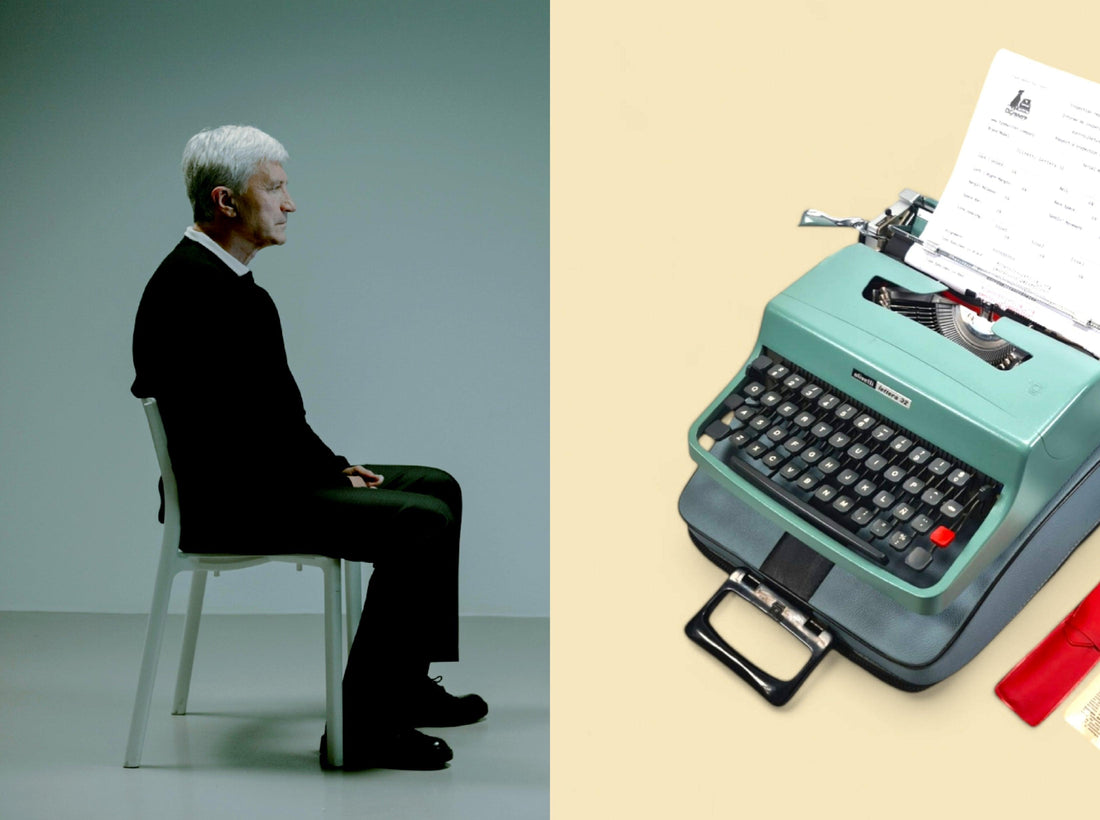
The Man Who Killed the Typewriter.
Share
The Man Who Killed the Typewriter.

On February 1, 1980, Scott issued an internal memo that would raise more than a few eyebrows. In his characteristic directness, Scott began with a warning: “YOU ALL BETTER READ THIS.” He then announced that, effective immediately, Apple employees were no longer permitted to purchase or sawlease typewriters. The rationale? Apple was an “innovative company,” and Scott believed it should lead by example, particularly in the burgeoning field of word processing.
The irony of this crusade was not lost on those who received the memo, likely typed on an Apple II using the very software Scott was promoting: Apple Writer Systems. This rudimentary word processor, a precursor to the likes of WordStar, was far from the polished tools we take for granted today. Yet, Scott envisioned a future where the clacking of typewriter keys would be replaced by the soft hum of computers—a future he wanted his company to embody.
In his memo, Scott dangled a carrot before the hesitant: those who ditched their typewriters for Apple’s fledgling word processor would be the first in line for the company’s “new high-performance systems.” What exactly those systems were remained vague, but the promise was clear—adapt or be left behind.

Scott’s vision, though met with skepticism at the time, was prophetic. The typewriter, once an indispensable office tool, has all but vanished from the modern workplace, replaced by computers and digital word processors. While Apple’s foray into this realm was just a small step, it foreshadowed a seismic shift in how we create and communicate.
Yet, as history unfolded, it wasn’t Apple but Microsoft that won the word processing wars. Microsoft Word, launched in October 1983, would become the dominant force in offices worldwide. Apple’s early move, however, demonstrated a forward-thinking ethos that would eventually become its hallmark.
In hindsight, Mike Scott’s anti-typewriter memo might seem like a quixotic campaign, but it was also a bold statement of intent. Underneath the typos and the somewhat hasty composition (notable errors like “priorty” and the extra spaces between words), there was a clear message: Apple was not just participating in the future; it was determined to create it.

The days of the typewriter were numbered, and Mike Scott was one of the first to sound the death knell. But between 2014 and 2024, some Apple employees quietly broke the code, buying typewriters and using them secretly at home. I know their names, but I’ll take this memo to the grave. Perhaps, in defiance or nostalgia, they sought refuge in the analog, a private rebellion against the digital world their company had helped to build.

2 comments
Great article and a true bit of history !
Great story. It’s also a good example to of the “Eat your own dog food” concept, a popular call to action at many tech companies.